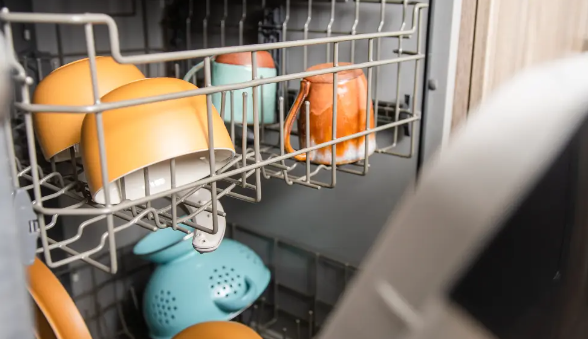Anodising is a highly common surface treatment that’s used to add beneficial properties to aluminium. Let’s take a closer look.
What’s the process of anodising?
Anodising converts the surface of metals, such as aluminium, into a hard and durable oxide layer which is still porous. The process is electrochemical in nature and it brings desirable properties to the metal’s surface, such as greater wear resistance, greater corrosion resistance and added hardness. At the same time, the porous surface is ideal for adding dyes to achieve aesthetic finishes. The anodic oxide film integrates into the metal, which means that there is no peeling or chipping, unlike with plating or paint finishes.
How does the process work?
In a workshop such as www.poeton.co.uk/surface-treatments/anodising, the anodising process begins with a metal cleaning phase to remove any oil, grease or surface imperfections. The metal part is then placed in an electrolyte bath, and an electric current is passed through it, so that the metallic surface reacts with the electrolyte’s oxygen. This creates an integrated and controlled anodic oxide surface layer. The new porous layer can then be treated with dyes to create different colours, and the part is then sealed to close the pores, often by boiling it in water.
What is anodising used for?
Anodising is used in many industries, from architecture, aerospace and automotive, to jewellery and other consumer products, where functional and aesthetic benefits are required. It’s an effective and highly valuable process with many applications and it’s a widely used technique amongst all of the surface application processes and approaches.



